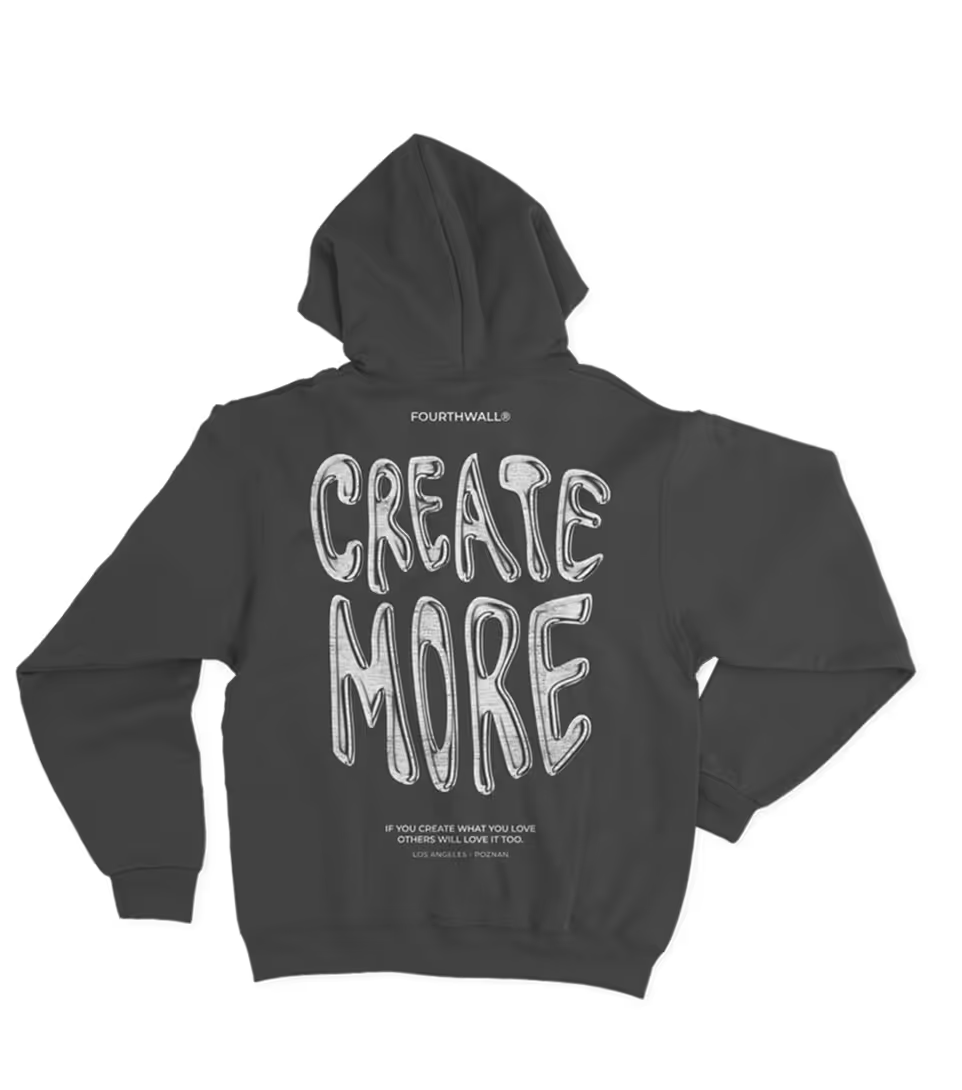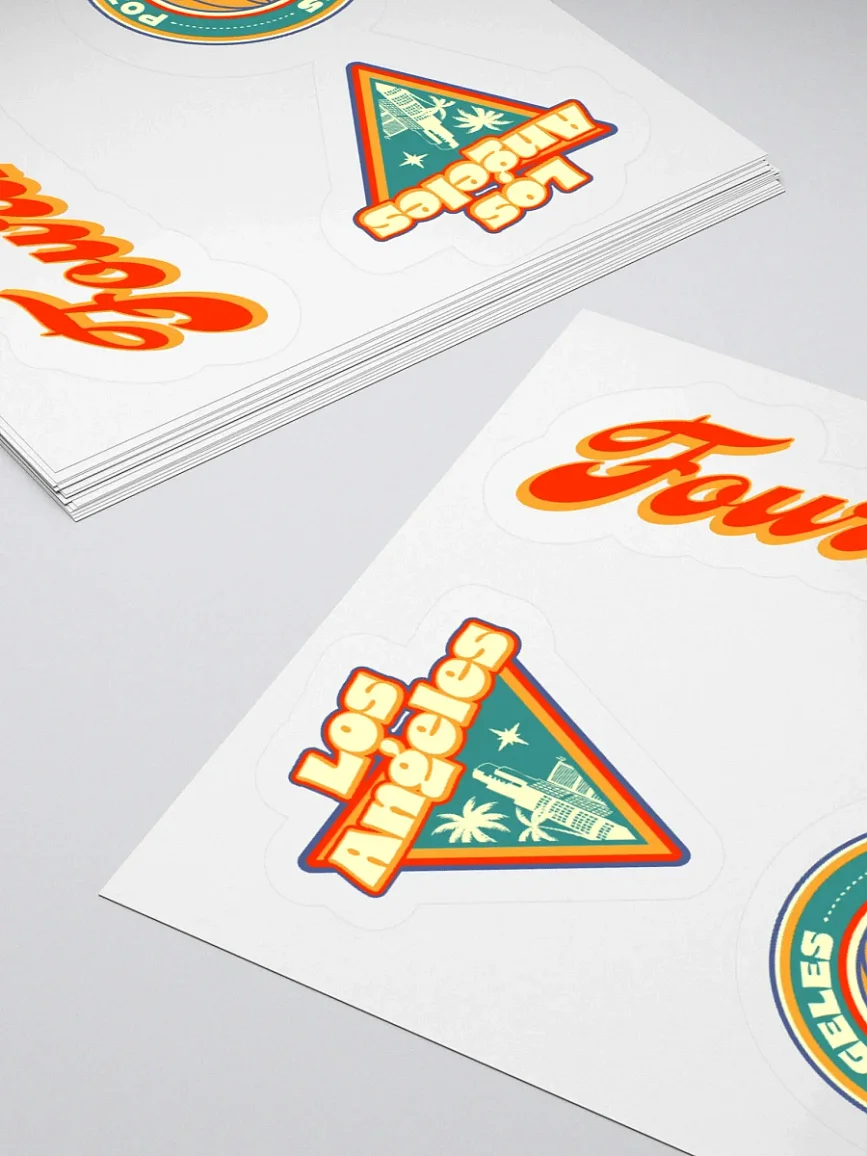How to Make a Comic Book: Step-by-Step Guide for Beginners

Have you ever dreamt about creating your own comic book?
For nearly 130 years, comic books have long been a powerful medium for storytelling, blending art and narrative to captivate audiences of all ages. From superheroes battling villains to deeply personal stories told through vibrant illustrations, comics have a unique ability to connect with readers on multiple levels.
If you're reading this article, chances are you’re more than just a casual reader—you’re someone who loves comics, maybe even to the point where the thought of creating your own has sparked a fire within you. Well, we're here to show you how to turn that spark into a full-fledged flame!
This guide will equip you with the tools and insights you need to create your very own comic book. From developing your story and characters to mastering the art of comic book layout and design, this guide will help you bring your vision to life. We'll also show you how to start creating and selling your comic book series easily through Fourthwall.
What is a Comic Book?
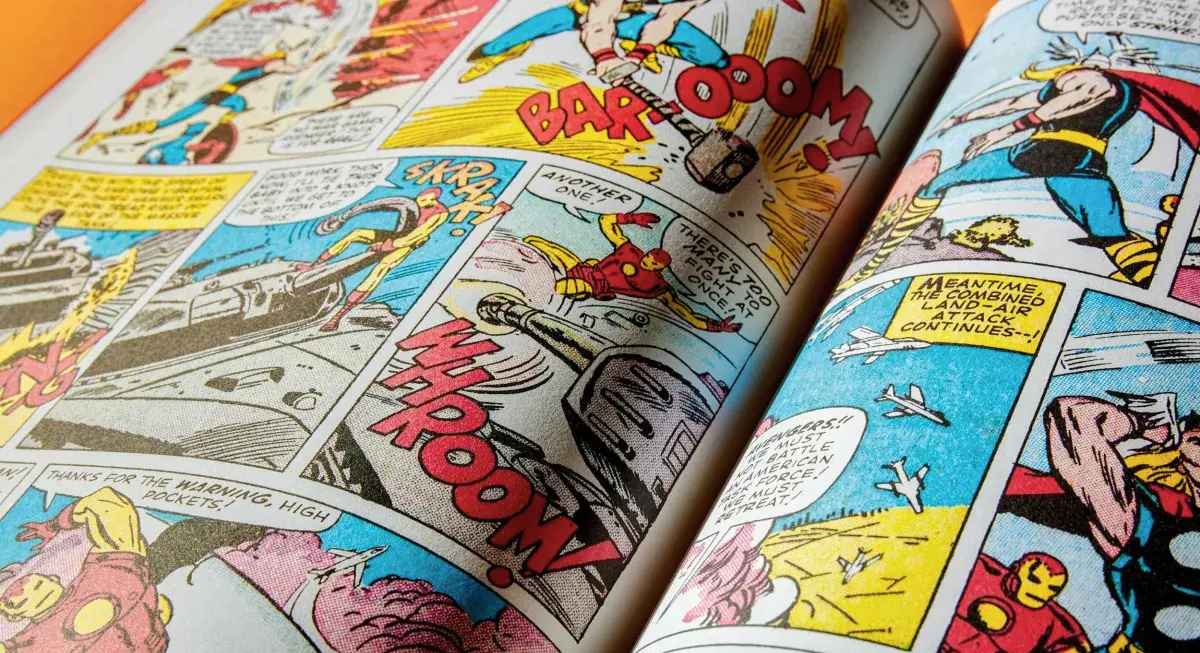
A comic book is a visual storytelling medium that combines text and illustrations to convey narratives, often through a sequence of panels, speech bubbles, and captions.
Originating in the late 19th and early 20th centuries, early forms of comics appeared in newspapers as comic strips, capturing readers with their humor and simple narratives. These comic strips laid the foundation for what would become the comic book, a distinct medium that gained popularity in the 1930s and 1940s with the rise of superhero comics like Superman and Batman.
Over time, comic books evolved to encompass a wide range of genres, from action and adventure to romance and horror, expanding into formats like graphic novels and webcomics. This evolution has allowed creators to explore complex themes and reach diverse audiences, cementing comic books as a powerful and enduring form of art and entertainment.
Advantages of Creating Your Own Comic Book
Creating your own comic book offers several advantages that make the journey worthwhile:
Creative Freedom
Creating a comic book empowers you to fully realize your artistic vision without the constraints often found in other media.
As the creator, you dictate every aspect of the storytelling process, from the narrative arc and character development to the art style and pacing.
This autonomy allows you to explore unconventional ideas, experiment with different genres, and push the boundaries of traditional storytelling.
For instance, Giannis Milonogiannis's neo-noir comic Old City Blues beautifully blends elements of science fiction with noir detective work, taking readers on a futuristic mystery that can only be told through the unique interplay of detailed artwork and storytelling that comics afford.
Building a Personal Brand
If you're an artist looking to branch out and find success commercially, comics are a great way to help build your brand and gain recognition.
Platforms like Webtoon, Tumblr, and Tapas allow comic creators to publish their work online, creating a community of dedicated fans who actively engage with your content and begin sharing it within their networks.
Once your work starts getting some acclaim, take advantage of your newfound popularity by reaching out to publishers who can help elevate your comic within the industry.
Publishing deals have the potential to lead to exciting opportunities like commercial ventures and merchandise collaborations, allowing your brand to grow beyond the pages of your comic
Engagement with Fans
Not only do comic books provide a deep connection between readers and the material, but the comic community has become so massive in the past decade that it has given creators plenty of ways to engage with their fans on a more personal level.
Comic book conventions like Comic Con and Dragon Con have been go-to places for artists and fans to connect with one another in person. These conventions allow fans to interact with their favorite comic book creator by asking questions, taking pictures, or getting signed autographs of their most celebrated works.
Social media has also become a powerful platform for artists to engage with their fans. Creators can share updates and behind-the-scenes content and interact directly with their audience through comments and direct messages.
This ongoing engagement strengthens the relationship between creators and fans, helping them build a loyal community that supports their work across various projects.
Monetization Potential
Financially speaking, creating your own comic book can open up the doors to many lucrative opportunities.
Beyond the direct sales of physical or digital copies, a successful comic can lead to potential merchandising deals, including creating your own branded merchandise like clothing, toys, and collectibles.
And if your comic catches the attention of Hollywood, consider licensing your characters and stories for movie or TV show adaptations. This will ensure you gain substantial financial rewards while expanding your audience and elevating your comic's cultural impact.
Additionally, comic creators can explore crowdfunding campaigns, subscription models, and membership platforms like Fourthwall to secure ongoing support from fans.
Fourthwall's membership features allow creators to offer exclusive content, such as early access to new issues, behind-the-scenes looks at the creative process, or limited edition artwork. By setting up tiered membership levels, creators can provide different levels of access and rewards, catering to casual readers and dedicated fans alike.
How to Make a Comic Book in 8 Key Steps
To create a comic book, follow these 8 key steps:
1. Develop Your Concept
.webp)
Start by creating an outline of the themes and messages you want to explore—whether it's the classic battle between good and evil, the nuances of personal growth, or social commentary hidden within a fantastical world. An outline will help you organize your ideas and provide a clear direction for your story.
Look to successful examples like Alan Moore’s Watchmen, which deconstructed the superhero genre to explore deeper moral and ethical questions, or Marjane Satrapi’s Persepolis, which used a personal narrative to provide insight into cultural and political issues.
As you refine your concept, think about what makes your story unique. What sets your characters apart? How does your plot stand out in a crowded market? Perhaps your protagonist has a distinct background or faces challenges not typically seen in the genre.
By focusing on originality while considering your reader's interests, you’ll create a comic book concept that not only captures their attention but leaves a lasting impact.
2. Write a Script
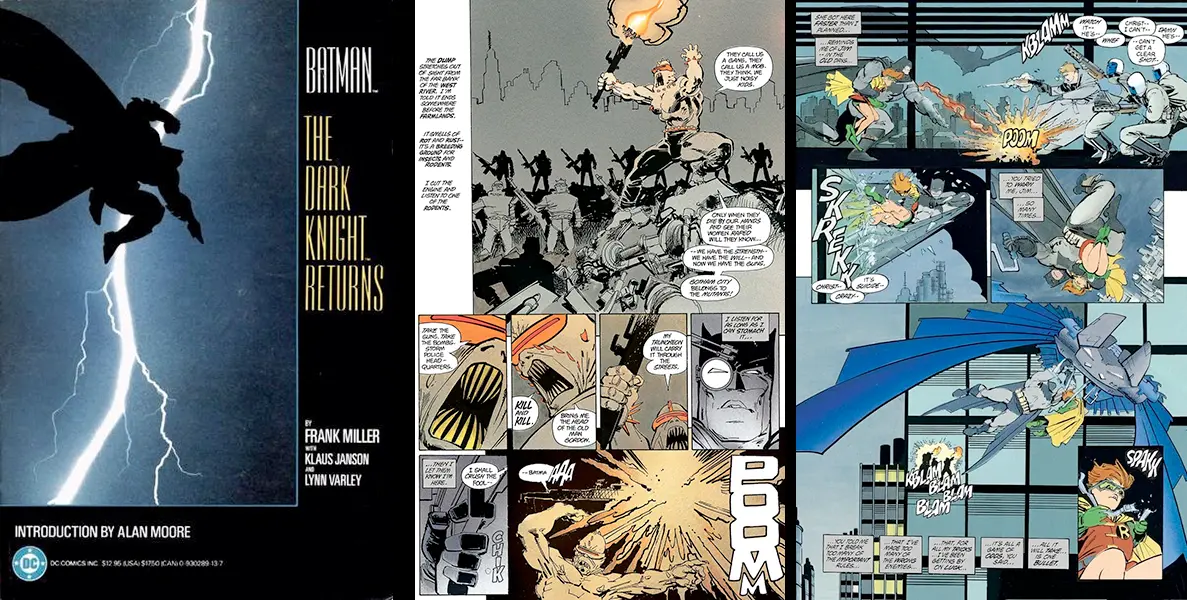
Your comic's script serves as the blueprint that guides the artist, ensuring that every element, from character interactions to action sequences, aligns with the storyline you’ve crafted.
A well-structured script should not only include dialogue and narrative descriptions but also detailed instructions for the visual elements, like pacing, panel layout, and camera angles.
For example, when reading comics written by Frank Miller, such as The Dark Knight Returns, you can see how his detailed script and meticulous outline impact the story's plot. Miller's writing incorporates not just the dialogue but also the mood and atmosphere of each scene. His script provides clear guidance on portraying the gritty, noir-inspired visuals that define the comic’s aesthetic.
The balance between text and visuals in Miller's work ensures that the plot unfolds in a way that keeps readers deeply engaged. By focusing on these elements in your script, you can create a comic book that captivates readers through a well-rounded and immersive storytelling experience.
3. Designing Characters and Settings
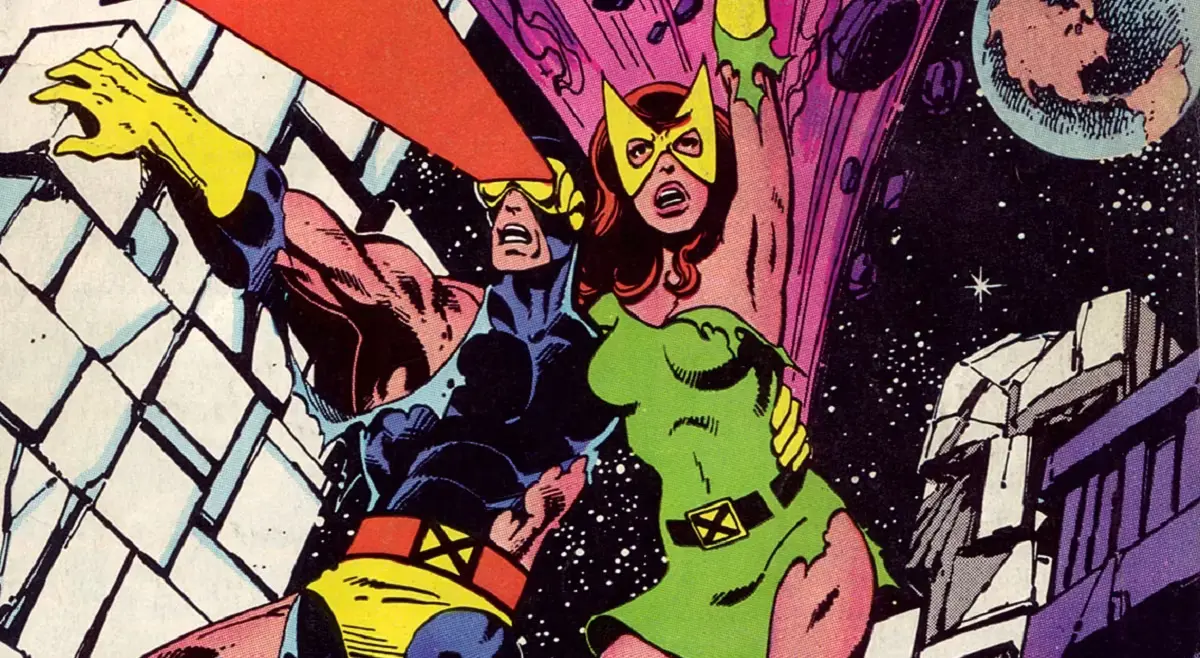
Character design is not just about appearance; it’s about creating a visual language that communicates who they are and how they fit into the story. This process often begins with a sketch—a visual or conceptual draft that serves as the foundation for refining their traits and personalities.
As a creator, your task is to sketch a world where both characters and settings feel authentic and integral to the storyline, encouraging readers to immerse themselves fully in the narrative.
For example, the X-Men series by Chris Claremont highlights how character diversity and well-defined backgrounds can create a rich narrative. Claremont’s characters, like Storm and Wolverine, have distinct looks and powers that reflect their personal histories, making them memorable and engaging for readers. These distinct designs likely began as conceptual sketches to capture their unique essence.
Similarly, the settings in which these characters operate—from the X-Mansion, which serves as both a school and sanctuary, to the bustling streets of New York—are not just backdrops but extensions of the narrative. Early sketches of these environments help define how they reflect the story's themes of identity, conflict, and belonging, adding depth to the characters' journeys and the overall narrative.
4. Create a Storyboard

A storyboard is a vital tool in comic book creation that allows you to visualize the layout and pacing of your story.
By sketching out rough drafts of each page, you can see where the panels, characters, and text will be placed, helping you to organize the flow of the narrative. This step ensures that each scene transitions smoothly, maintaining the story's rhythm and making the reader's experience more engaging.
For example, by plotting out key action sequences or dramatic moments in the storyboard, you can adjust the panel size, placement, and pacing to heighten tension or emphasize crucial plot points.
Carefully planning your comic's narrative through storyboarding ensures that your final draft has a cohesive and dynamic flow, keeping readers fully immersed in the storyline.
5. Illustrate Your Comic

Drawing your comic book is where your vision comes to life, and whether you choose traditional methods or digital tools, maintaining consistency in style and detail is essential. This consistency helps build a cohesive world in which readers can easily immerse themselves on every page—or panel, in the case of a comic strip.
For instance, Mike Mignola's Hellboy series is a prime example of how a distinct and consistent art style—characterized by bold lines and heavy shadows—can create a unique atmosphere that enhances the storytelling.
As you draw, focus on capturing the emotions and actions of your characters to make them feel real and relatable while also crafting dynamic backgrounds that complement and enrich the narrative.
How you illustrate your scenes can significantly impact readers' experiences of the story, so attention to detail and making deliberate artistic choices are crucial in bringing your comic to life.
6. Add Colors and Lettering
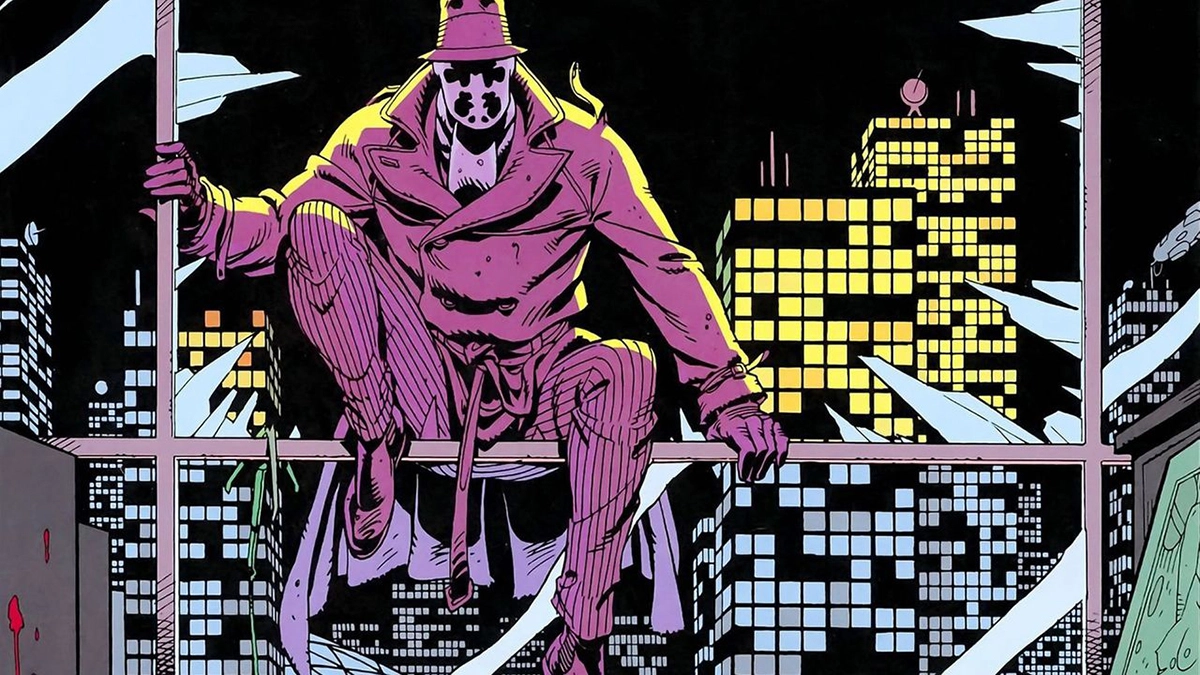
Color and typography are powerful tools in comic book creation. They help set the story's tone by conveying emotions and enhancing readability.
The right color scheme can help evoke specific moods. Think of how the muted, moody tones in Watchmen amplify the comic's dark, dystopian atmosphere. The comic's color palette isn't just an aesthetic choice; it's integral to the storytelling.
For instance, the frequent use of deep blues and purples creates a sense of cold detachment and foreboding, while the stark contrasts, such as the bright yellow of the iconic smiley face button against the otherwise somber tones, heighten the story's irony and underlying tensions within.
This careful use of color not only enhances the visual experience but also deepens the reader's emotional engagement, subtly guiding them through the complex, morally ambiguous world that the story explores.
In contrast, choosing the right typography and text is equally important when creating your comic's design. Clear, well-chosen lettering can make dialogue and narration flow seamlessly while also reflecting the characters' personalities or the scene's intensity.
For example, Frank Miller's Sin City uses bold, stylized fonts that mirror its gritty, noir aesthetic, adding depth to the visual storytelling.
By carefully selecting colors and fonts that complement your art, you can significantly impact how readers engage with and interpret your comic, making the experience more immersive and emotionally resonant.
7. Edit and Refine
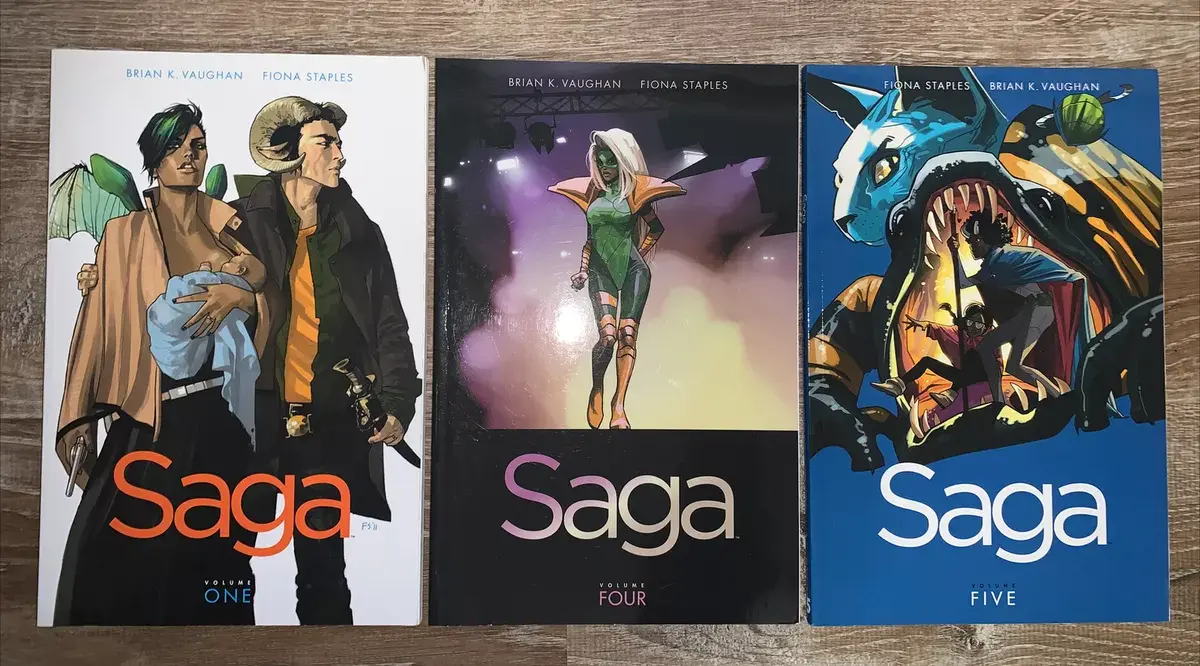
Review your comic book for inconsistencies or areas for improvement. This phase involves meticulously checking for narrative gaps, visual discrepancies, or pacing issues that could disrupt the reader’s experience.
For example, in Brian K. Vaughan and Fiona Staples' Saga series, the creator's iterative review process helps them maintain consistency in character designs and plot development, enhancing the overall quality of the series.
Gathering feedback from beta readers or fellow creators can provide fresh perspectives and identify overlooked elements, allowing you to refine dialogue, adjust panel layouts, and enhance visual storytelling.
This collaborative approach helps identify and correct issues before publication, ultimately leading to a more engaging and well-crafted final product.
8. Publish and Promote
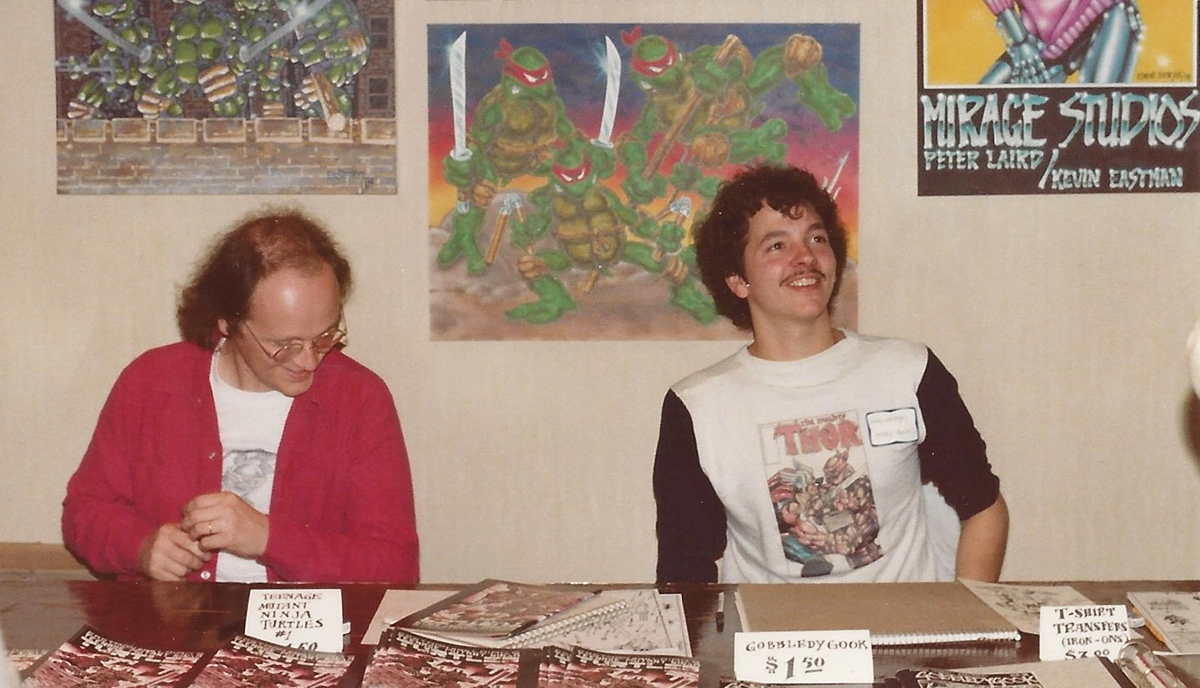
Deciding how to publish your comic book involves weighing options like self-publishing, digital platforms, and traditional print, each offering distinct advantages.
Self-publishing provides complete creative control and higher profit margins, as illustrated by Teenage Mutant Ninja Turtles—Kevin Eastman and Peter Laird self-published the first issue of this successful comic book saga in 1984, which went on to become a cultural phenomenon.
Digital platforms, such as Webtoon and Tapas, offer a global reach and lower upfront costs, ideal for reaching a diverse audience without the need for physical distribution. Traditional print, however, requires more investment but can offer wider distribution through bookstores and comic shops, thanks to publishers and marketers.
Once published, effective marketing is essential to garner attention and expand your readership. Promote your comic through your social media channels, and remember to participate in comic book conventions or make guest appearances at local comic book stores. This will allow you to engage with your fanbase and attract buzz for upcoming releases.
Tips for Making Your Comic Book Stand Out
To ensure your comic book captures the attention of readers, consider these tips:
Unique Art Style
Your art style is more than just how your characters and settings look—it's an extension of your personal vision and the atmosphere of your story. To achieve this, experiment with different techniques and visual elements that resonate with you. Consider using line work, color schemes, and shading techniques that can evoke specific emotions or themes in your comic.
Compelling Storytelling
To draw readers in, your story should feature well-developed characters, intriguing conflicts, and a plot that keeps readers on the edge of their seats. Start by crafting a strong narrative arc with clear goals and obstacles for your characters. Utilize cliffhangers, unexpected twists, and emotional depth to keep readers hooked from the first page to the last.
High-Quality Production
Whether you’re working with traditional materials or digital tools, investing in top-notch resources ensures that your comic looks polished and professional. For traditional artists, this might mean using high-grade paper, inks, and colors that bring your illustrations to life with vivid detail and durability. For digital creators, it’s crucial to utilize software that allows for precision in line work, coloring, and text placement, ensuring that your comic maintains its integrity across various formats.
Innovative Panel Layouts
By experimenting with different panel shapes, sizes, and arrangements, you can emphasize key moments, control the pacing, and convey complex emotions or actions more effectively. For instance, a full-page spread can be used to highlight a dramatic event, while overlapping or irregularly shaped panels can depict chaotic or intense scenes, drawing the reader deeper into the story.
Engaging Dialogue
Your comic's dialogue should feel authentic, reflecting how people naturally speak while also fitting the tone and style of the comic. For example, witty banter between characters can add humor and build camaraderie, while terse, clipped exchanges can create tension or conflict. Moreover, it can subtly convey important plot details, build suspense, or foreshadow future events, ensuring that every word serves a purpose in the story.
Start Your Comic Book Journey with Fourthwall
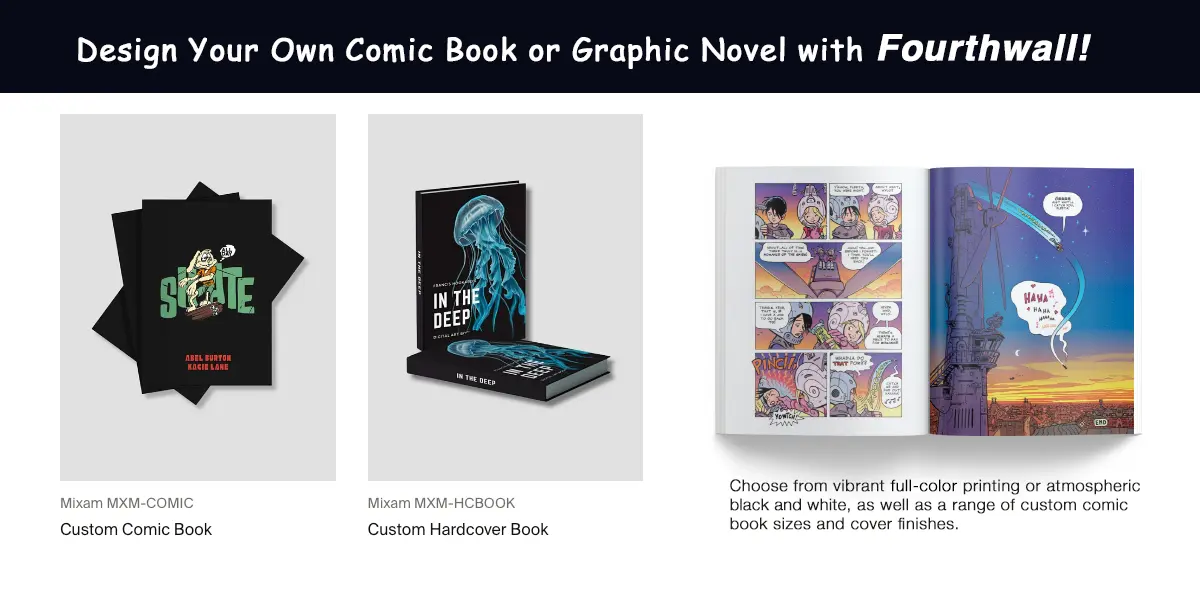
Creating a comic book is a rewarding process, but having the right tools to help you organize your ideas and produce high-quality artwork can make all the difference in bringing your vision to life; that's where Fourthwall comes in!
Fourthwall empowers creators with the tools to effectively design, sell, and monetize their comic books. You can create and sell physical or digital copies of your comic directly through your Fourthwall site while having complete control over your brand and pricing.
The platform also allows you to design and sell custom merchandise based on your comic book characters. With over 290 customizable products, such as apparel, accessories, and collectibles, you can take your comic book universe beyond the page and offer fans a unique way to support your work.
And thanks to Fourthwall's ecommerce integrations with YouTube Shelf, Twitch Gifting, and TikTok Shop, you can showcase and sell your comics and merchandise directly to your fans through your content.
So, if you're ready to take the plunge on your comic book journey, then sign up with Fourthwall today and turn your creative vision into a reality.
Frequently Asked Questions
How Long Does It Take to Make a Comic Book?
Creating a comic book can be a lengthy process, with the timeline varying depending on several factors. For instance, a short, simple comic might take a few months to complete, while a more detailed, full-length graphic novel could take a year or more.
The complexity of the artwork, the number of pages, and the creator's experience level all play significant roles in determining the overall time frame. Moreover, if you're collaborating with a team—such as a writer, artist, and colorist—the coordination between different contributors can also impact the production schedule.
What Tools Do I Need to Create a Comic Book?
To create a comic book, you’ll need traditional tools like pencils, ink, and paper to sketch and ink your illustrations, providing a hands-on approach to your art. For digital illustration, software like Adobe Photoshop, Illustrator, or Clip Studio Paint is popular for drawing, coloring, and lettering.
A high-quality scanner can be useful if you’re combining traditional and digital methods. Additionally, having a graphics tablet or a tablet with a stylus, like a Wacom or an iPad with Procreate, can greatly enhance your precision and control in digital drawing. Finally, scriptwriting software like Scrivener or Celtx can help organize your plot and dialogue, ensuring your storytelling flows smoothly from panel to panel.
How Can I Distribute My Comic Book?
You can digitally distribute your comic book through platforms like ComiXology, Gumroad, or your website. For physical copies, consider self-publishing or partnering with a print-on-demand service. Promoting your comic at conventions or through social media can also help reach a wider audience.
You can also distribute and sell your comic book on Fourthwall by leveraging the platform's extensive range of features designed for both digital and physical formats. For digital distribution, Fourthwall allows you to list your comic book as a downloadable product, making it easily accessible to readers worldwide. You can also create a dedicated store page for your comic book, integrating it with your social media profiles to drive traffic and sales.

